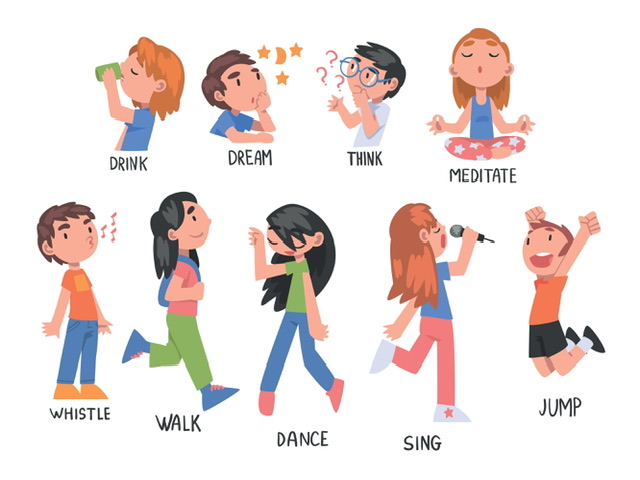We'll be back in a bit !
The system is currently undergoing a routine upgrade to ensure you get the best learning experience. The maintenance is expected to continue till 8:00 pm. Please check back later.
Thank you for your understanding!

In English grammar, a participle is considered to play a very important role. It is considered to be a form or type of verb, but it also can be used as an adjective, which allows it to serve as a replacement for both the past and the present tenses. As a result of the fact that the majority of the applications of participles depend on the various activities that we engage in on a day-to-day basis, participles have a variety of uses in both traditional and contemporary written English.
The participle is mostly regarded as an altered form of the verb and also as an adjective that may be utilized in a variety of contexts to substitute various types of tenses, including the present and the present.
It is stated in the Oxford English Dictionary that the participle is a type or form of a verb that ends with -ing if it signifies a present tense action and it will end with -ed if it exhibits a past tense action. However, the Cambridge English Dictionary states that the participle is formed from the verb.
If any of us are fluent in the English language, if we enjoy writing and reading regularly, and if we even speak the language, then we must have used the participle, and we must also have made the applications of it. It may be used to explain an event or action that took place in the past, or it may be used to describe an event or activity that is now taking place. There are primarily two kinds of these: - Present participle and Past participle.
The present participle tense is illustrative of a variety of other continuing tenses, such as the present continuous tense, the past continuous tense, the future continuous tense, the past perfect continuous tense, or the future perfect continuous tense, etc. They are frequently utilized in conjunction with the "have" form of the verb or the "to be" form of the verb. Take this statement as an example: "I have been working on my assignment since the morning." They are also capable of being applied to or utilized in the capacity of an adjective for a noun. Like- "Running vehicle".
Using a past participle as the basis for a phrase or framing a statement is a pretty straightforward process.
Simply put, all we need to do is add a -ing onto the end of the verb, and for those verbs that finish with an "e," we need to drop the "e" and add a -ing onto the end of that.
Examples will be discussed about this topic. In addition to the use of any monosyllabic-based terms, words that finish with a single consonant could require doubling the consonant before adding 'ing, and words that end with 'ie' will also need to be altered. Let's look at some real-world examples: -.
Sit – Sitting
Scream - Screaming
Eat - Eating
English writers rely heavily on past participle. As a result, verbs like "be" (been) and "have" may be employed to construct a variety of tenses, including the present continuous, past continuous, and future continuous.
For proper usage of the past participle tense, it is essential that we first understand their construction. There are several possibilities for forming past participles. Consider the following illustrations. By adding "ed" or "en," we may create past participles. Like the fact that I ate a banana or that the artwork turned out to be fantastic. See some use of past participles in action there.
happen-happened
Check – Checked
Bail – Bailed
Regret-Regretted
Frighten – Frightened
Date – Dated
Like – Liked
The preposition "to" placed in front of a verb makes it possible for that verb to be employed in a variety of contexts, such as a noun, an adjective, or an adverb. An infinitive is a type of verbal noun.
Proceed by reading each of the following sentences:
Priya abhors going for walks.
Harish enjoys getting his groove on.
You can see that the primary verbs in the phrases that were just discussed are walk and dance; yet, when we add "to wait" and "to paint" to those sentences, they become infinitives.
A gerund is created by adding the suffix ing to a verb, while an infinitive is created by adding the word to the front of a verb.
Whenever an infinitive phrase is used at the beginning of a sentence, the phrase should be preceded by a comma.
Q1. Are there varying numbers of participles?
They have certain characteristics with verbs, but they also have some characteristics in common with nouns and adjectives, which you've studied about in previous lessons.
Each participle conveys the following information: (1) the tense form; (2) the voice; (3) the case; (4) the gender; and (5) the number.
A participle can be used as an adjective and an adverb to form some progressive, tenses like past perfect tense, present perfect tense, future perfect tense, present continuous tense, future continuous tense, etc.
A sentence may employ an infinitive either as the subject or as the direct object of the clause it is constructing. It is also possible for it to appear in the predicate of a sentence as a subject complement, which offers information on the subject, and it does this by coming after a linking verb (such as is).
